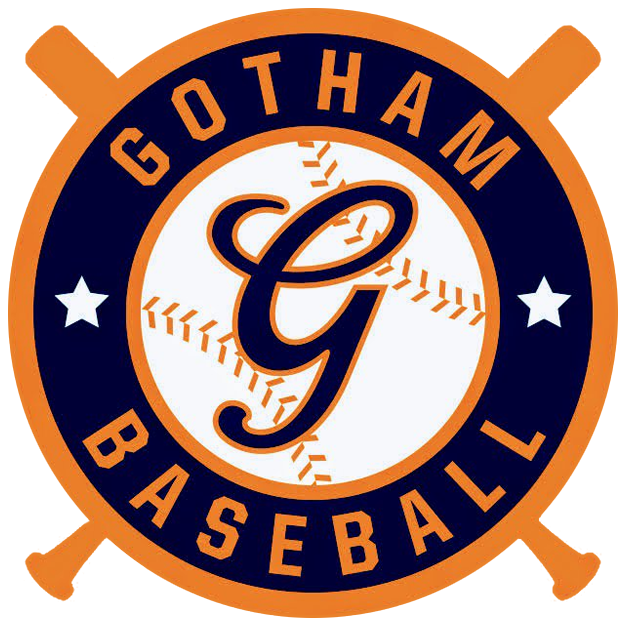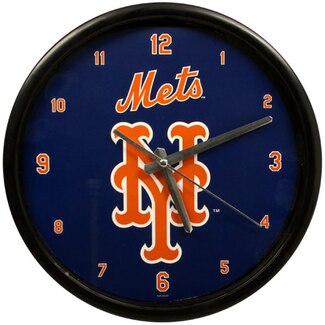One of the challenges of writing in a weekly format like this is…timing.
The MLB trade deadline was Wednesday, 5 days ago. By Wednesday evening, myriad recaps had been written. Articles dissecting the winners and losers of the moves that were and weren’t made, were published and read in all sorts of formats before most of the traded players put on their new uniforms. So, another analysis of the Mets activity, and inactivity, of slightly less than a week ago, seems outdated and superfluous. But I’m not going to let that stop me…
In simplest terms, the Mets traded away Jason Vargas, and two minor league prospects who were among their best, but not necessarily standouts for the rest of the league, and in return they got Marcus Stroman and a catcher who will likely only be known to Mets fans as a former teammate of Mets owner Fred Wilpon’s grandson. On their own, this looks like a shrewd way of improving the team. Stroman’s ceiling is higher than that of Vargas, and the players the Mets had to give up will likely not be missed, in the long run.
At the same time, there are a couple standout issues with the way they handled things. The Mets starting rotation has not lived up to the high expectations they brought with them into the season; and still, the Mets starting rotation is not one of the team’s most pressing issues. So, while any improvement is a good improvement, what’s the point if it doesn’t appear like it will be enough to move the needle?
As I mentioned last week, while much of the team has underperformed this year, the biggest Mets culprit this season has been their bullpen. The Mets are not alone in this experience. The new approach to major league pitching has exposed the lack of dependable relievers in the sport. In turn, those relievers who actually are dependable are now more valuable than they were originally thought to be. So, the fact that the Mets were unable to address this concern is probably not because they didn’t try, but because they didn’t have the necessary pieces to get it done without leveraging the future. This is not meant to be an excuse, it’s really just what is likely the obstacle they found. Also, so what? In the end, all that really matters is that the Mets had a substantial issue and they were unable to fix, even if their reasons were justified.
Now, before this starts to sound like a doom and/or gloom approach to the last two months of the season, let’s not ignore what’s been going on. For the most part, the most challenging stretches of the Mets schedule are in the past. The teams they play in baseball’s second “half” of the season generally consist of teams who have been facing similar struggles to the Mets. More importantly, so far, the Mets have taken advantage of this. While I won’t be ready to talk about the Mets potentially playing meaningful September baseball until they’ve surpassed a .500 record and maintained it for a few days, they are actually remarkably close. In fact, if the sweep today’s double-header against the Marlins, the Mets will be above .500 for the first time since late April. In other words, that underperformance that I mentioned earlier, while pretty much a season-long experience to this point, does not have to go on forever. There is a reason why expectations were high. Perhaps the team whose slogan to this point could have been “We’re really not this bad” is actually not this bad. And maybe, just maybe, and believe me I cringe as I write this, maybe their bullpen isn’t this bad either.
So, even though I’m sure it wasn’t without trying, the Mets did make any trades to improve their biggest needs by the deadline. And now, much like the way my father used to drive, the Mets are going to have to close their eyes and hope for the best.
The notion that the Mets could be playing above .500 at any point this summer seemed laughable a few weeks ago, and now it seems possible, all without significantly improving their roster. Maybe success is not just a matter of putting together the best team. Maybe it’s also about…
…
…
timing.


